In the realm of heavy transportation and hauling, the efficiency and reliability of your towing equipment can significantly impact your operations. Among the various trailer coupling systems available, the gooseneck stands out for its robustness and versatility. At CarMax Vehicle, we specialize in manufacturing top-tier gooseneck trailers that cater to diverse hauling needs. This comprehensive guide delves into the intricacies of how a gooseneck works, exploring its components, functionalities, advantages, and applications to provide you with an in-depth understanding of this pivotal trailer coupling system.
What is a Gooseneck?
A gooseneck is a type of trailer hitch commonly used for heavy-duty towing. Unlike traditional fifth-wheel hitches, which attach to a specially designed bed of a pickup truck, gooseneck hitches connect to a ball mounted in the bed’s floor. This design allows for greater stability and weight distribution, making it ideal for transporting large or heavy loads.
Key Characteristics of Gooseneck Hitches
- Centralized Weight Distribution: The design ensures that the trailer’s weight is centered over the towing vehicle’s axle.
- Enhanced Stability: Reduced sway and improved maneuverability during transit.
- Higher Weight Capacity: Capable of handling heavier loads compared to other hitch types.
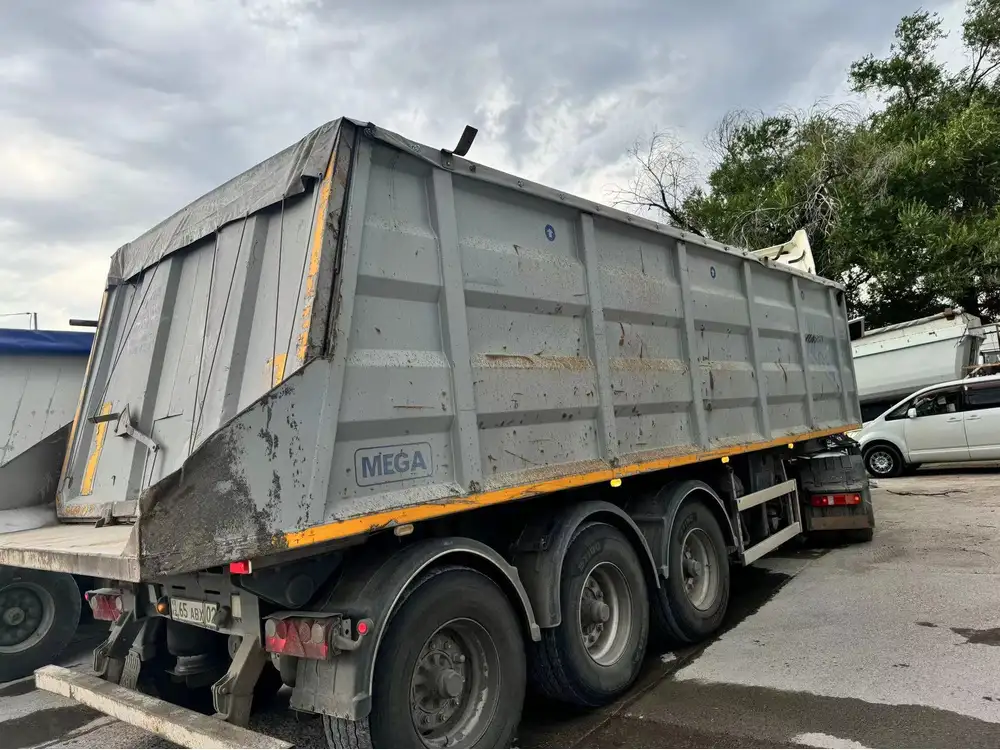
Components of a Gooseneck System
Understanding the components of a gooseneck system is crucial to appreciating how it functions seamlessly. Below is a breakdown of the primary elements:
| Component | Description |
|---|---|
| Gooseneck Ball | The pivot point of the trailer, typically made of durable steel, ensuring a secure connection between the trailer and the towing vehicle. |
| Hitch Plate | A sturdy plate mounted in the truck bed, serving as the base for attaching the gooseneck ball. |
| Coupler | The mechanism on the trailer’s front that attaches to the gooseneck ball, providing a tight and stable connection during towing. |
| Safety Chains | Essential for additional security, these chains prevent the trailer from detaching in case of hitch failure. |
| Disconnect Features | Includes locking mechanisms and release handles that allow for easy and safe disconnection of the trailer from the towing vehicle. |
How Does a Gooseneck Work?
The operation of a gooseneck hitch is a harmonious blend of mechanical design and engineering precision. Here’s a step-by-step breakdown of its functionality:
1. Attachment Process
- Positioning the Trailer: The trailer is maneuvered into alignment with the towing vehicle’s gooseneck ball.
- Engaging the Coupler: The coupler on the trailer slides over the gooseneck ball, ensuring a snug fit.
- Securing the Connection: Locking mechanisms on the coupler engage, and safety chains are connected to provide redundancy.
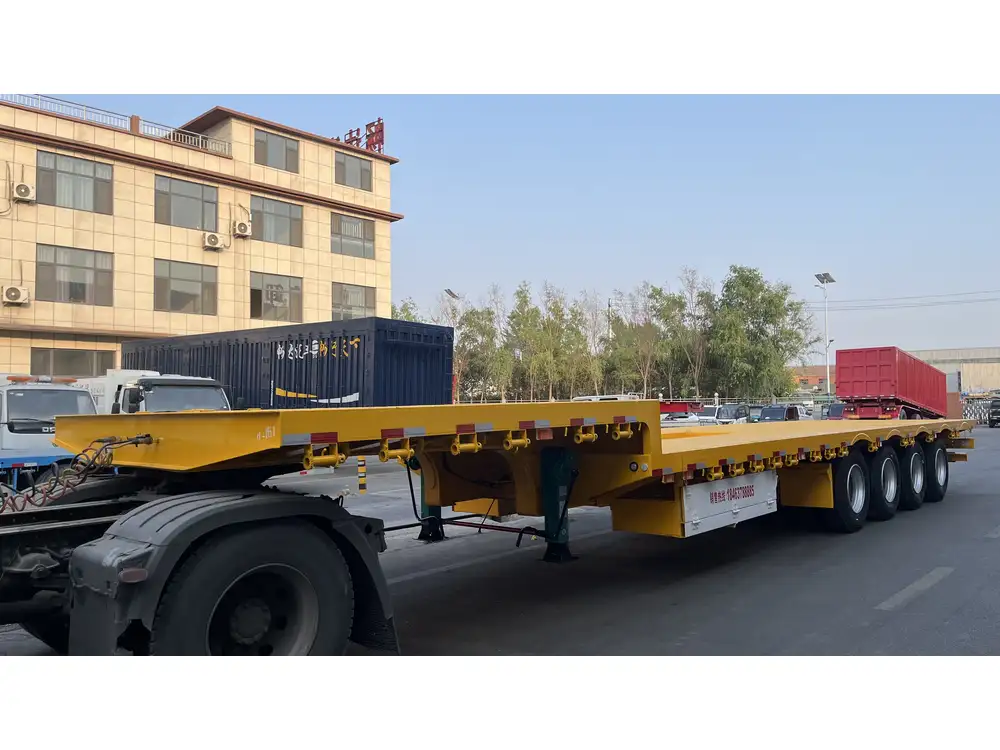
2. Weight Distribution and Stability
- Centralized Load: The trailer’s weight is distributed directly over the towing vehicle’s axle, enhancing balance.
- Minimized Sway: The robust connection reduces lateral movement, ensuring smoother transit even on uneven terrains.
3. Maneuverability
- Enhanced Control: The elevated hitch point allows for tighter turning radii, making it easier to navigate through tight spaces.
- Reduced Trailer Drift: With better weight distribution, trailers are less prone to drifting, enhancing overall control.
4. Safety Mechanisms
- Locking Systems: Prevent accidental disconnection during transport.
- Safety Chains: Act as a fail-safe in case the primary hitch mechanism fails.

Advantages of Gooseneck Hitches Over Other Hitch Types
Choosing the right hitch system is pivotal for efficient towing. Gooseneck hitches offer several advantages that set them apart from traditional hitch types:
1. Higher Load Capacity
Gooseneck hitches can handle significantly heavier loads, making them ideal for transporting equipment, livestock, or construction materials.
2. Superior Stability
The centralized weight distribution minimizes trailer sway, providing a more stable and controlled towing experience.
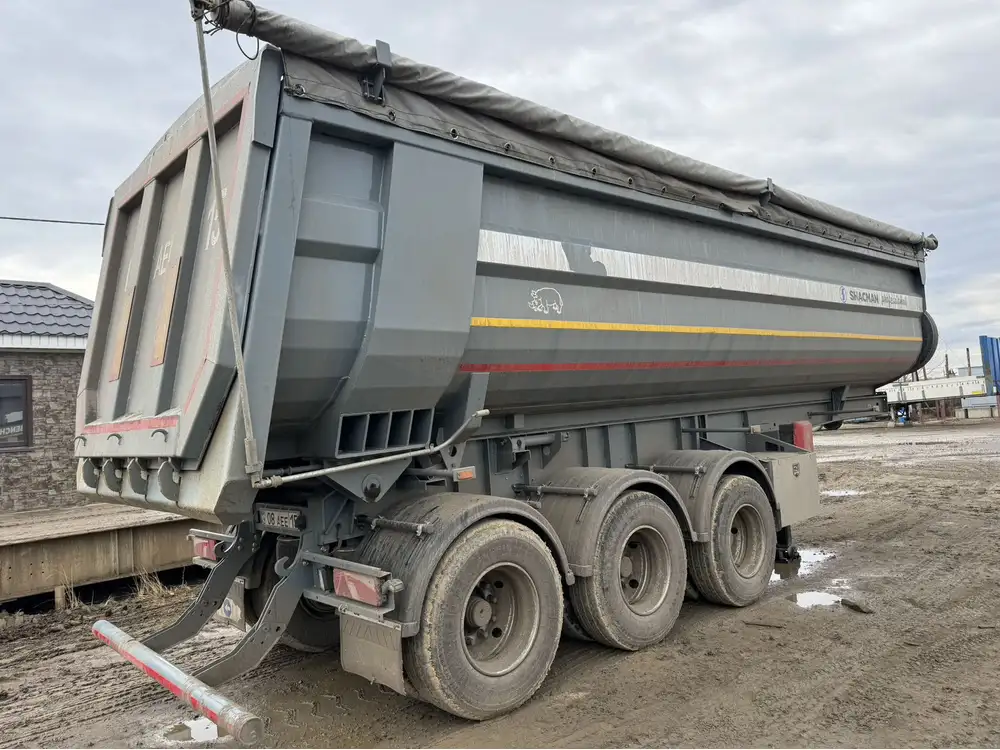
3. Enhanced Maneuverability
The elevated hitch point allows for tighter turns, facilitating easier navigation in confined spaces such as loading docks or urban areas.
4. Durability and Longevity
Constructed from high-strength materials, gooseneck hitches are built to withstand the rigors of heavy-duty towing, ensuring long-term reliability.
5. Versatility
Suitable for various trailer types, including flatbeds, livestock trailers, and tankers, making them a versatile choice for diverse hauling needs.
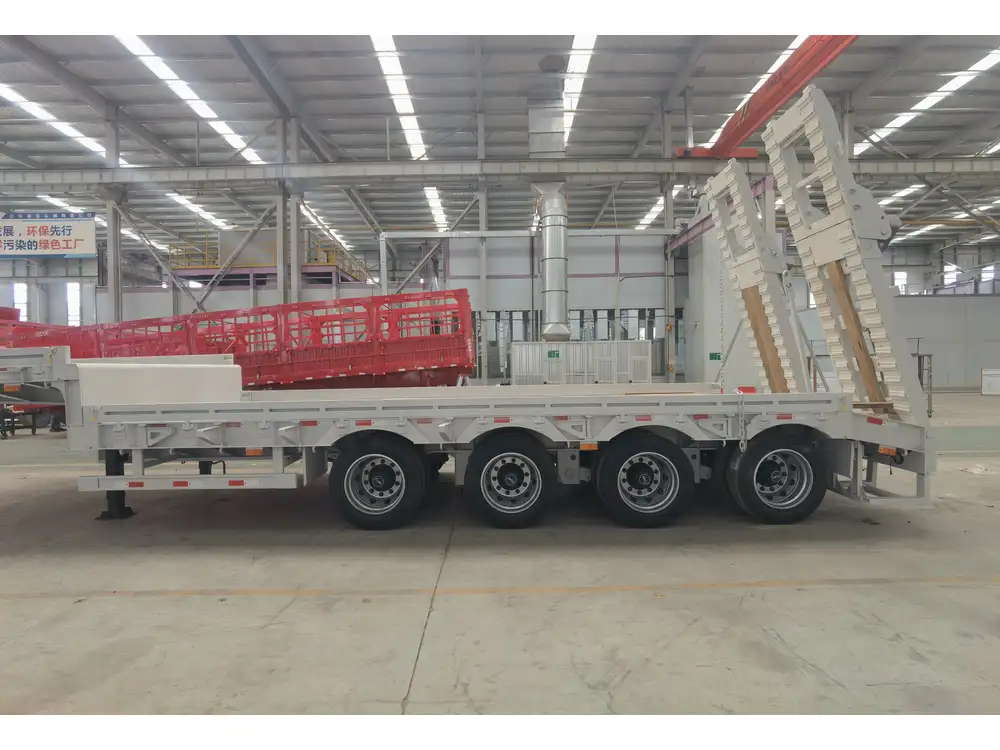
Applications of Gooseneck Trailers
Gooseneck trailers are employed across multiple industries due to their robustness and versatility. Some common applications include:
1. Agriculture
Transporting large farming equipment, livestock, and bulk materials efficiently.
2. Construction
Hauling construction materials, machinery, and heavy building components with ease.
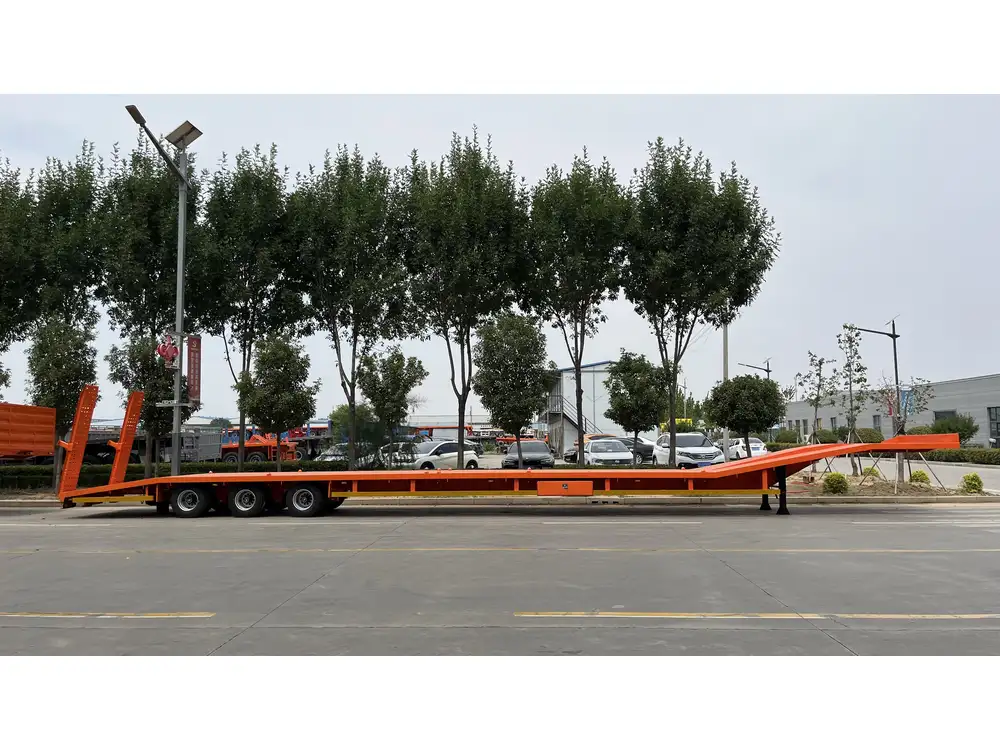
3. Transportation and Logistics
Facilitating the movement of large goods, oversized cargo, and specialized equipment.
4. Energy Sector
Transporting components for wind turbines, solar panels, and other energy infrastructure projects.
5. Recreational Use
Used by recreational vehicle enthusiasts for towing oversized campers and boats.
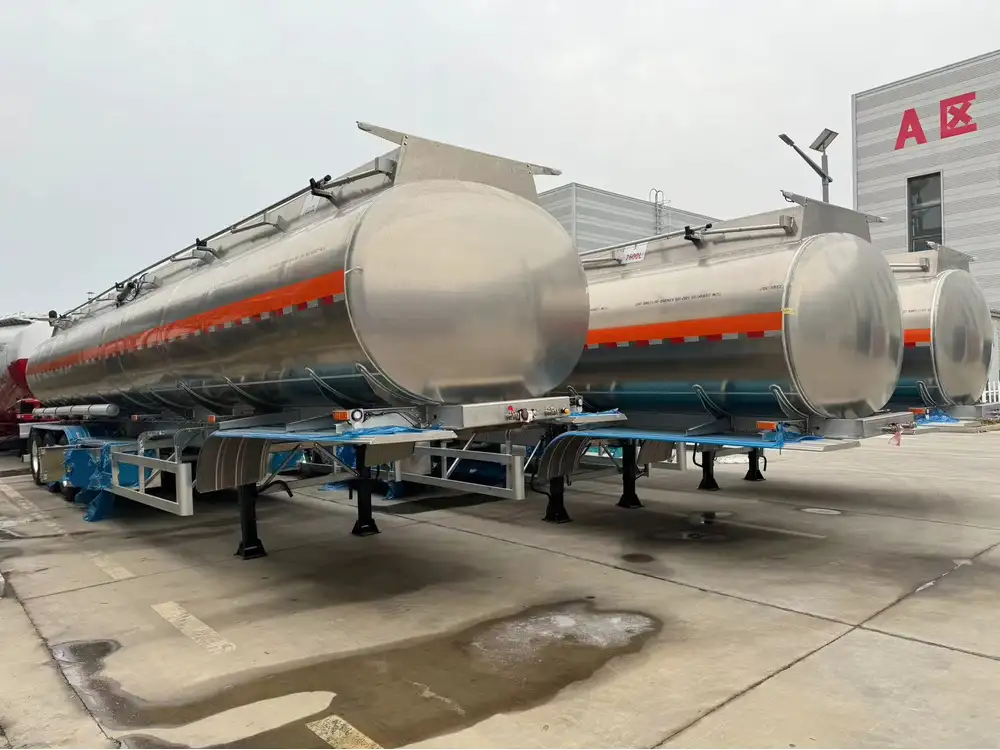
Choosing the Right Gooseneck Trailer with CarMax Vehicle
Selecting the appropriate gooseneck trailer is essential to meet your specific hauling requirements. CarMax Vehicle offers a range of gooseneck trailers designed to cater to diverse needs. Here’s what to consider when choosing the right trailer:
1. Load Capacity
Determine the maximum weight you intend to transport and select a trailer with a suitable load capacity to ensure safety and efficiency.
2. Trailer Dimensions
Consider the size of your typical loads to choose a trailer with appropriate length, width, and height specifications.

3. Materials and Construction
Opt for trailers constructed with high-strength materials such as steel or aluminum to enhance durability and longevity.
4. Axle Configuration
Choose between single or multiple axle systems based on your load distribution and weight requirements.
5. Customization Options
CarMax Vehicle offers customizable solutions to tailor trailers to your specific operational needs, including specialized features and configurations.
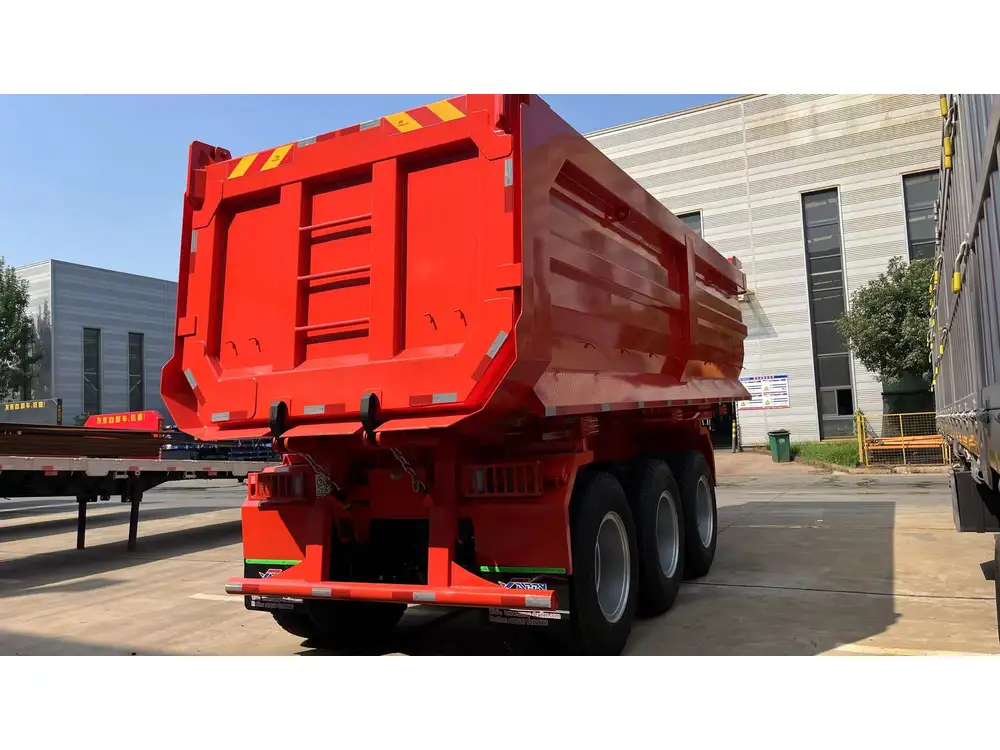
Safety and Maintenance of Gooseneck Trailers
Ensuring the safety and longevity of your gooseneck trailer involves regular maintenance and adherence to safety protocols. Below are essential tips:
1. Regular Inspections
- Hitch Components: Check for signs of wear, corrosion, or damage.
- Couplers and Locking Mechanisms: Ensure they function correctly and lock securely.
- Safety Chains: Inspect for integrity and proper attachment.
2. Lubrication
Maintain smooth operation of moving parts by regularly applying appropriate lubricants to hinges, pivots, and joints.

3. Tire Maintenance
- Pressure Checks: Ensure tires are inflated to the manufacturer’s recommended levels.
- Tread Inspection: Regularly check for wear and replace tires as needed to maintain traction and safety.
4. Load Management
- Balanced Loading: Distribute weight evenly to maintain stability and prevent excessive wear on hitch components.
- Secure Fastening: Use proper tie-downs and restraints to prevent load shifting during transit.
5. Professional Servicing
Engage with certified technicians from CarMax Vehicle for periodic servicing and to address any technical issues promptly.
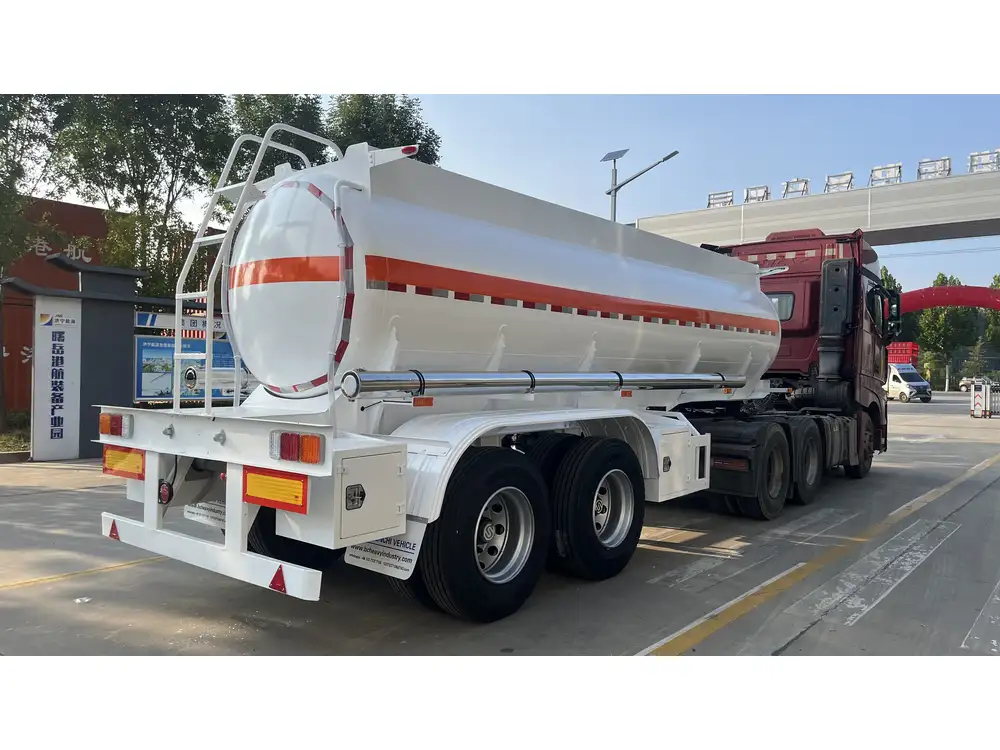
Innovations in Gooseneck Trailer Design by CarMax Vehicle
At CarMax Vehicle, we continually innovate to enhance the functionality and efficiency of our gooseneck trailers. Some of our latest advancements include:
1. Advanced Materials
Utilizing high-strength, lightweight materials to improve durability while reducing overall trailer weight.
2. Smart Connectivity
Integrating IoT technology for real-time monitoring of trailer conditions, load status, and maintenance needs.
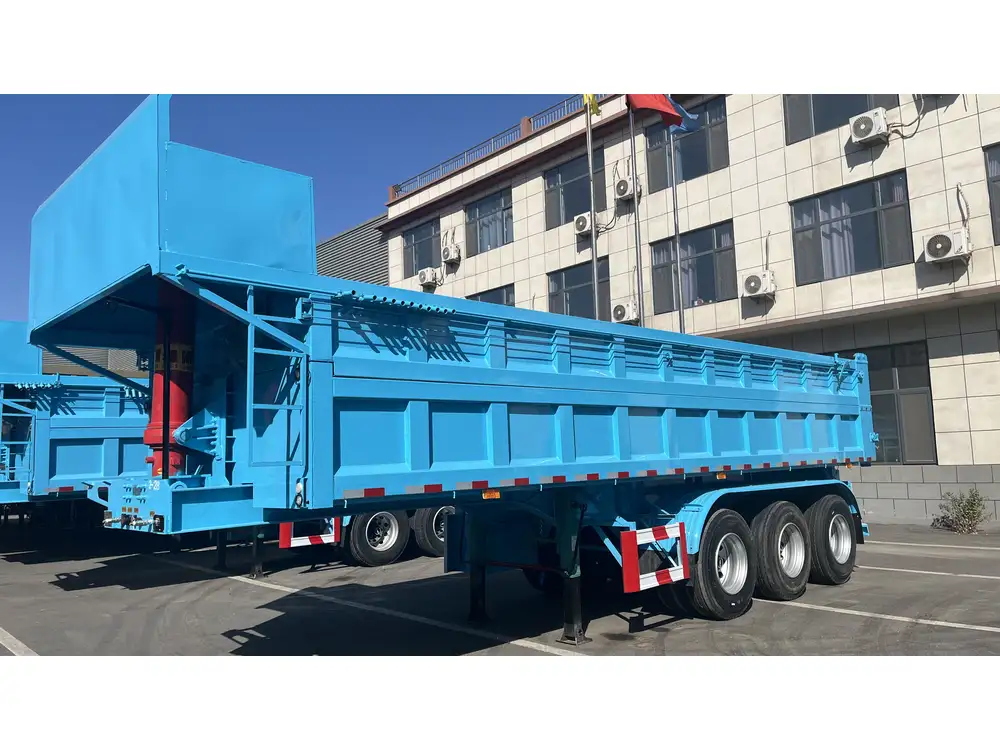
3. Ergonomic Designs
Enhancing user experience with easy-to-use hitching mechanisms and improved accessibility for loading and unloading.
4. Eco-Friendly Manufacturing
Implementing sustainable production practices to minimize environmental impact without compromising on quality.
Comparison: Gooseneck vs. Fifth-Wheel Hitch
To better understand the unique advantages of gooseneck hitches, let’s compare them with fifth-wheel hitches, another popular heavy-duty coupling system.
| Feature | Gooseneck Hitch | Fifth-Wheel Hitch |
|---|---|---|
| Attachment Point | Mounted in the truck bed via a ball system. | Mounted in the truck bed over the rear axle using a plate system. |
| Load Capacity | Typically higher, suitable for heavier and larger loads. | Slightly lower but still robust for substantial hauling. |
| Maneuverability | Enhanced due to the elevated hitch, allowing tighter turns. | Slightly less maneuverable due to the hitch’s position over the axle. |
| Stability | Superior stability with centralized weight distribution. | High stability with a strong foundation over the truck’s axle. |
| Trailer Types | Versatile, suitable for flatbeds, livestock, construction, and more. | Primarily used for flatbeds and similar trailer types. |
| Ease of Hitching | Requires precise alignment but generally straightforward with practice. | Typically easier to hitch with automatic locking mechanisms available. |
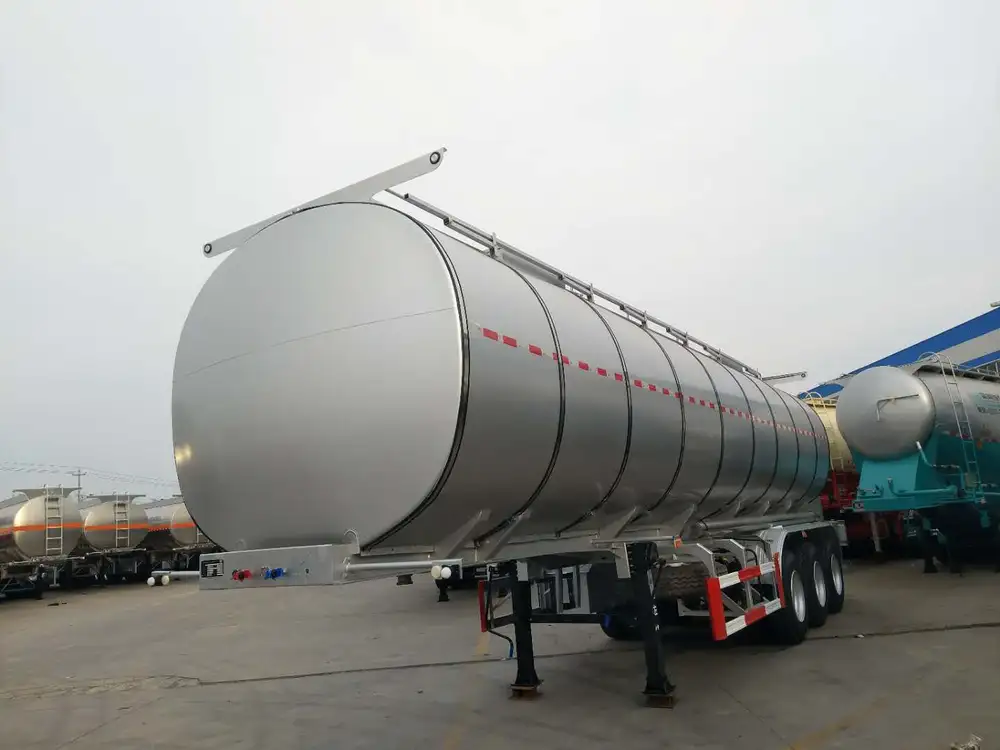
Benefits of Choosing CarMax Vehicle’s Gooseneck Trailers
Selecting a gooseneck trailer from CarMax Vehicle ensures you receive a product that embodies quality, durability, and innovation. Here’s why our gooseneck trailers are the preferred choice:
1. Superior Craftsmanship
Each trailer is meticulously engineered and constructed using high-grade materials to ensure maximum strength and longevity.
2. Customization Options
We offer tailored solutions to meet specific operational requirements, providing flexibility in design and functionality.
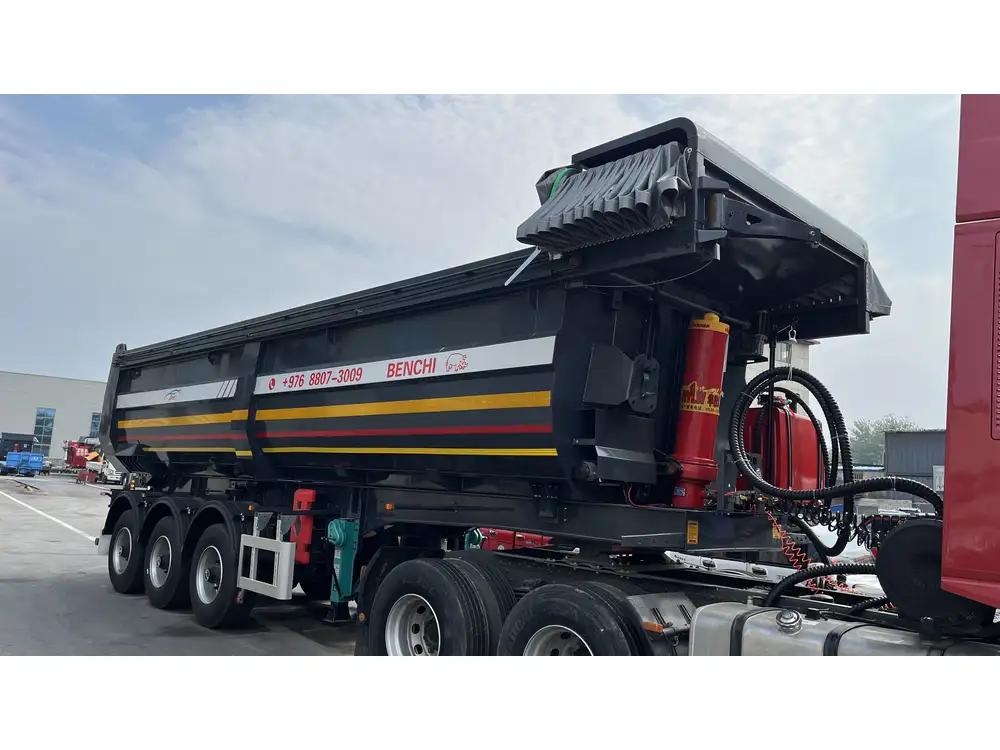
3. Cutting-Edge Technology
Incorporation of the latest technological advancements to enhance performance, safety, and ease of use.
4. Comprehensive Support
From initial consultation to after-sales service, CarMax Vehicle provides unparalleled support to ensure customer satisfaction.
5. Competitive Pricing
We deliver top-quality trailers at competitive prices, offering excellent value for your investment.

Conclusion
Understanding how a gooseneck works is essential for making informed decisions in heavy-duty towing and hauling operations. Gooseneck hitches offer unmatched stability, load capacity, and versatility, making them a superior choice for various industries. CarMax Vehicle’s dedication to excellence ensures that our gooseneck trailers not only meet but exceed industry standards, providing reliable and efficient solutions tailored to your specific needs. Whether you’re in agriculture, construction, transportation, or any other sector requiring robust towing capabilities, our gooseneck trailers stand as a testament to quality and performance.
Frequently Asked Questions (FAQs)
1. What are the main differences between a gooseneck hitch and a regular trailer hitch?
A gooseneck hitch connects to a ball mounted in the truck bed, offering centralized weight distribution and higher load capacity. In contrast, regular trailer hitches, like the traditional ball hitch, attach to the bumper or frame, providing lower weight capacity and stability.
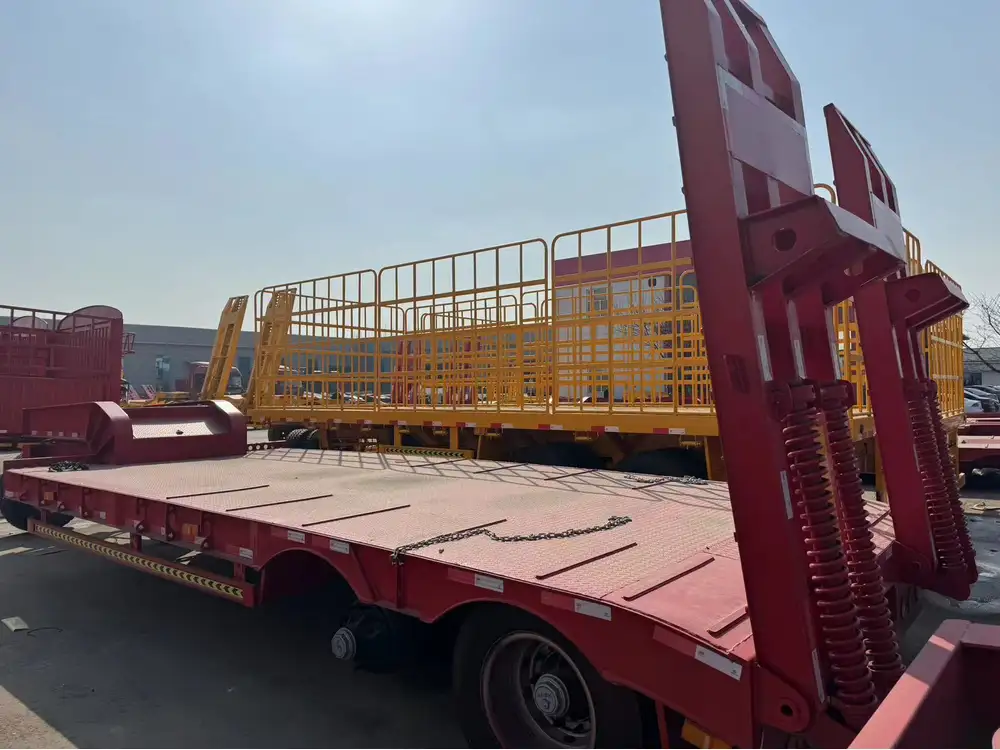
2. Can I install a gooseneck hitch on any truck?
While many trucks can accommodate a gooseneck hitch, it’s essential to ensure your vehicle has the appropriate bed setup and structural strength. Consulting with CarMax Vehicle can help determine compatibility and necessary modifications.
3. How do I maintain my gooseneck trailer for optimal performance?
Regular maintenance includes inspecting hitch components, lubricating moving parts, checking tire pressure and tread, ensuring balanced load distribution, and performing routine professional servicing to address any issues promptly.
4. Are gooseneck trailers suitable for off-road use?
Yes, gooseneck trailers designed for off-road applications feature reinforced structures, enhanced suspension systems, and other modifications to withstand rough terrains and provide reliable performance in challenging environments.
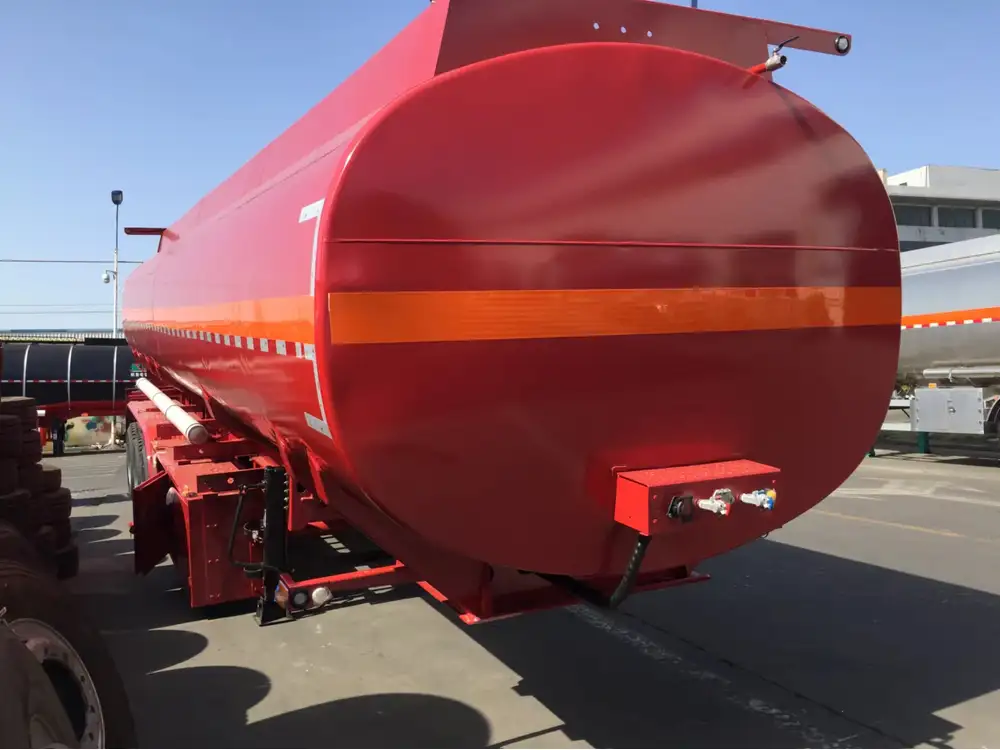
5. What safety measures should I take when using a gooseneck trailer?
Essential safety measures include secure attachment of the trailer, regular inspection of all hitch and safety components, proper load distribution, use of safety chains, adherence to weight limits, and ensuring all lights and indicators are functioning correctly before transit.



